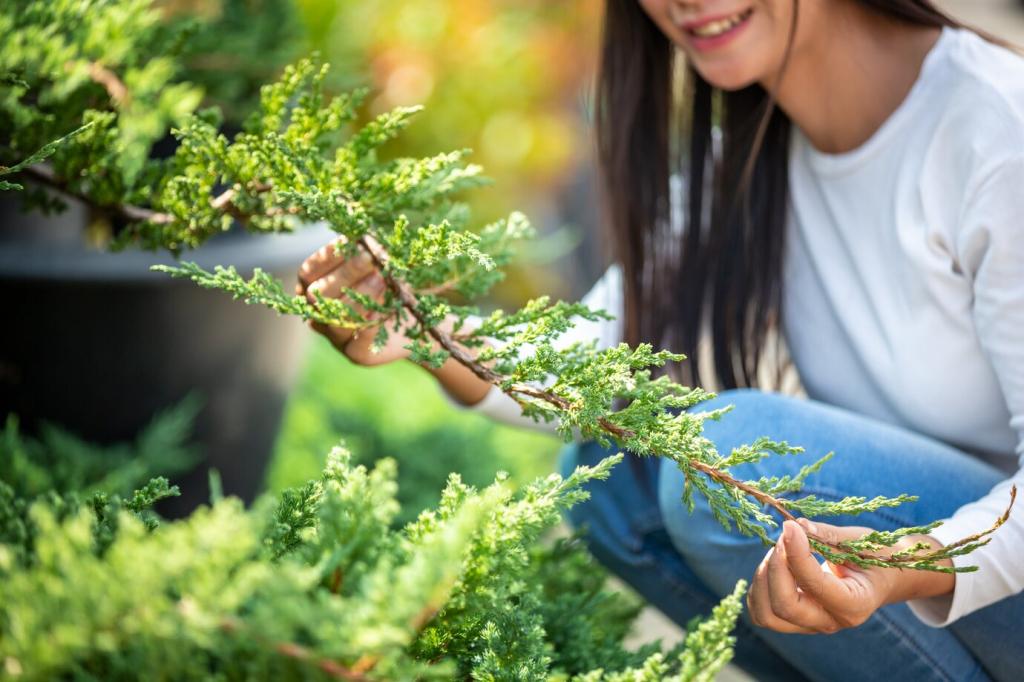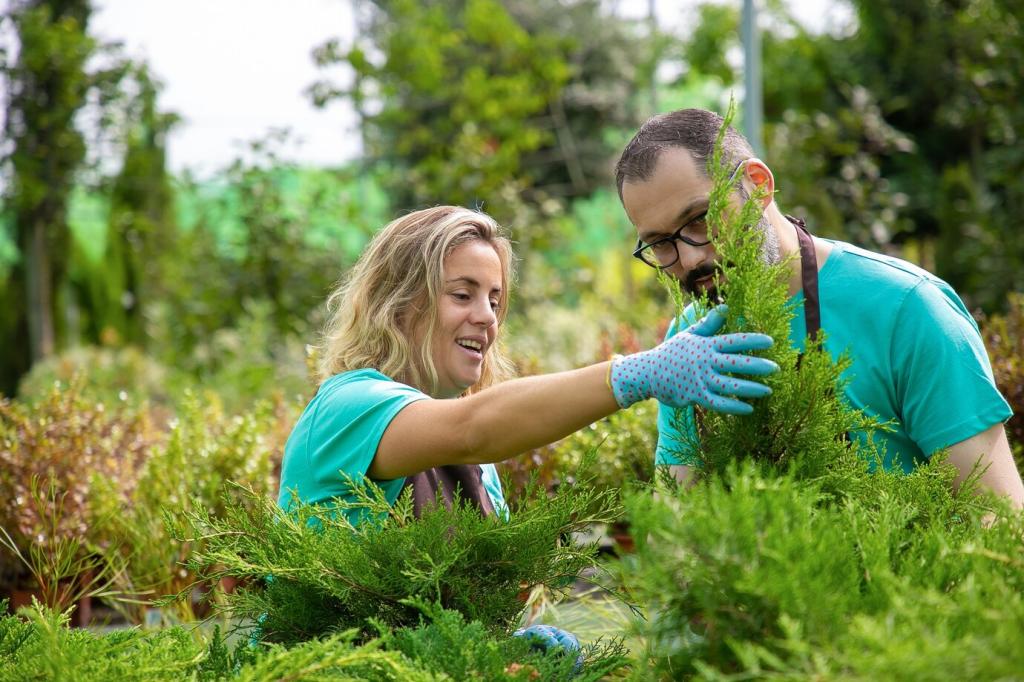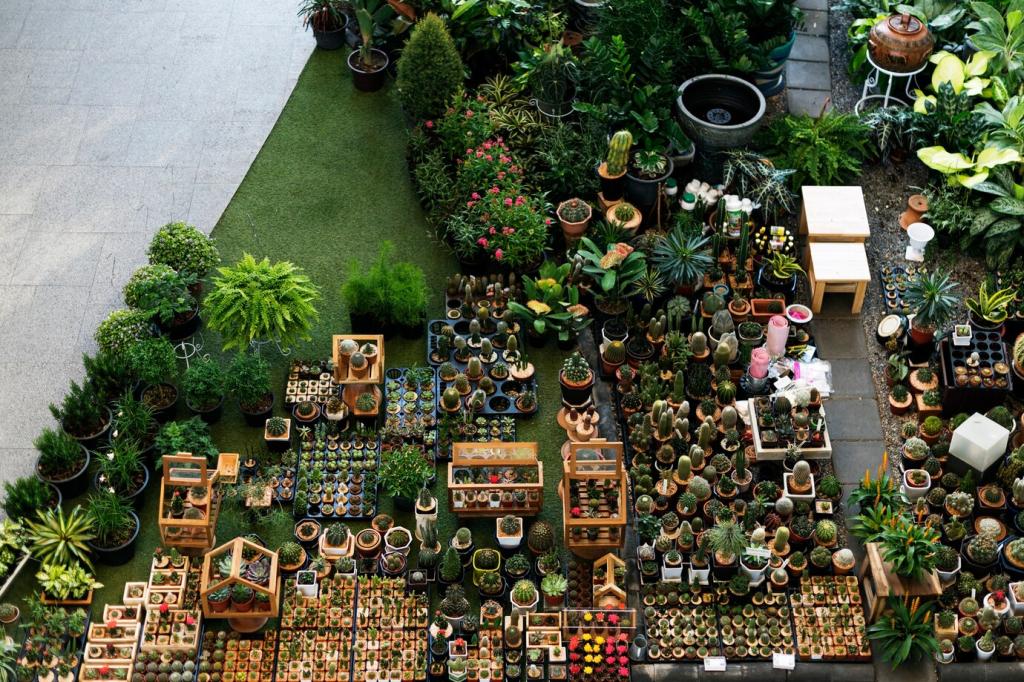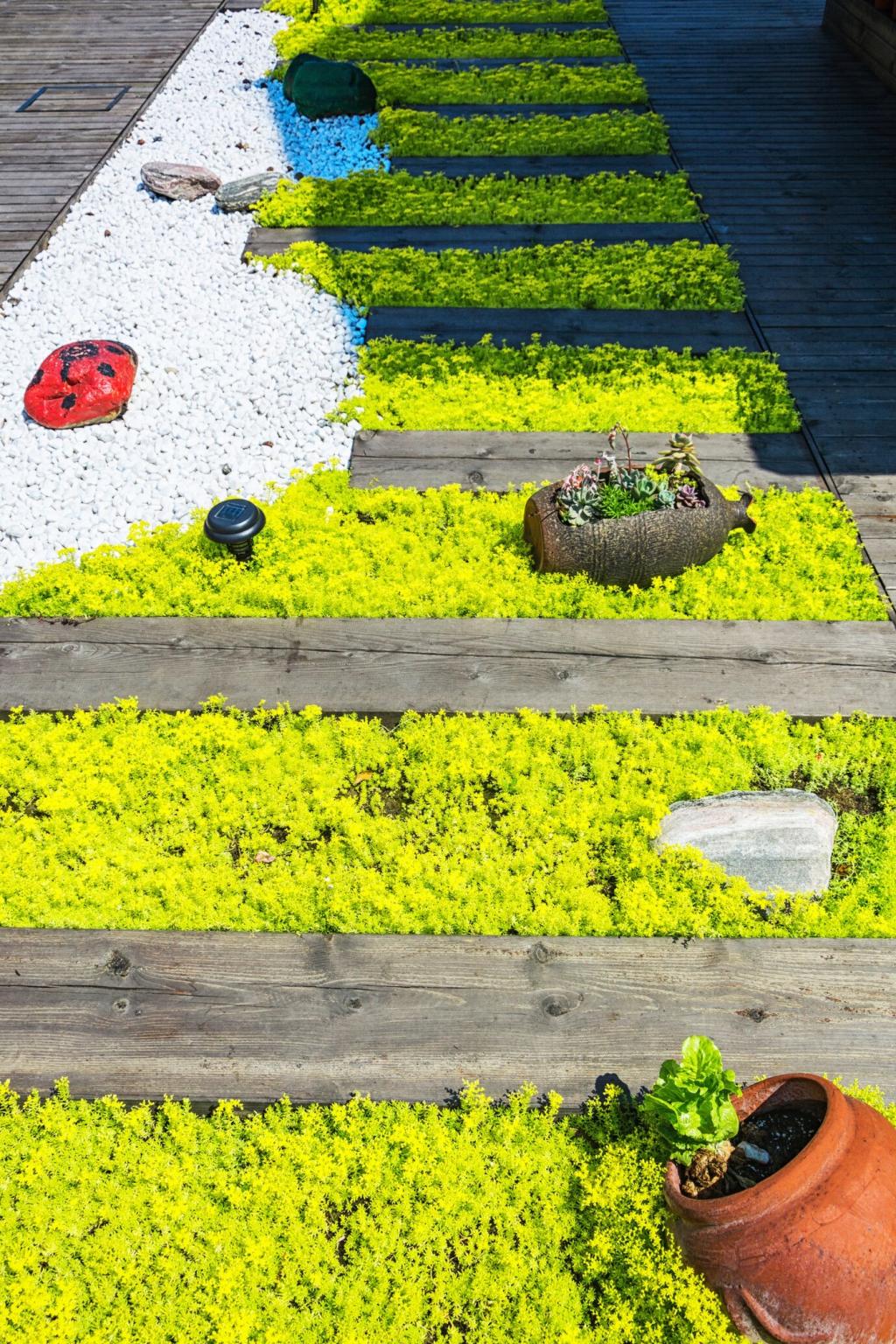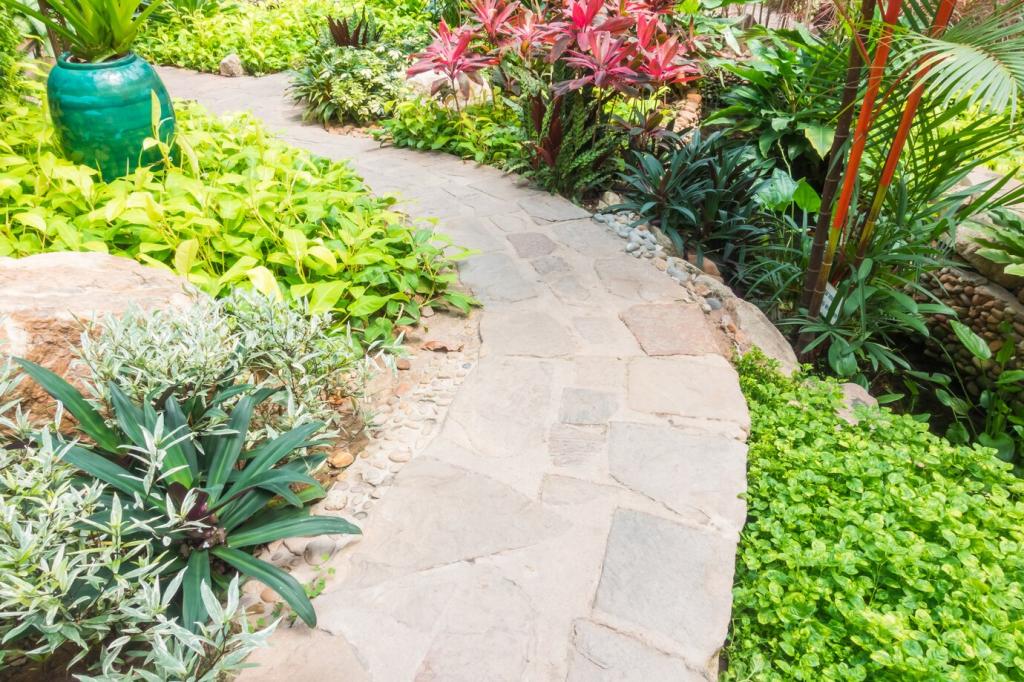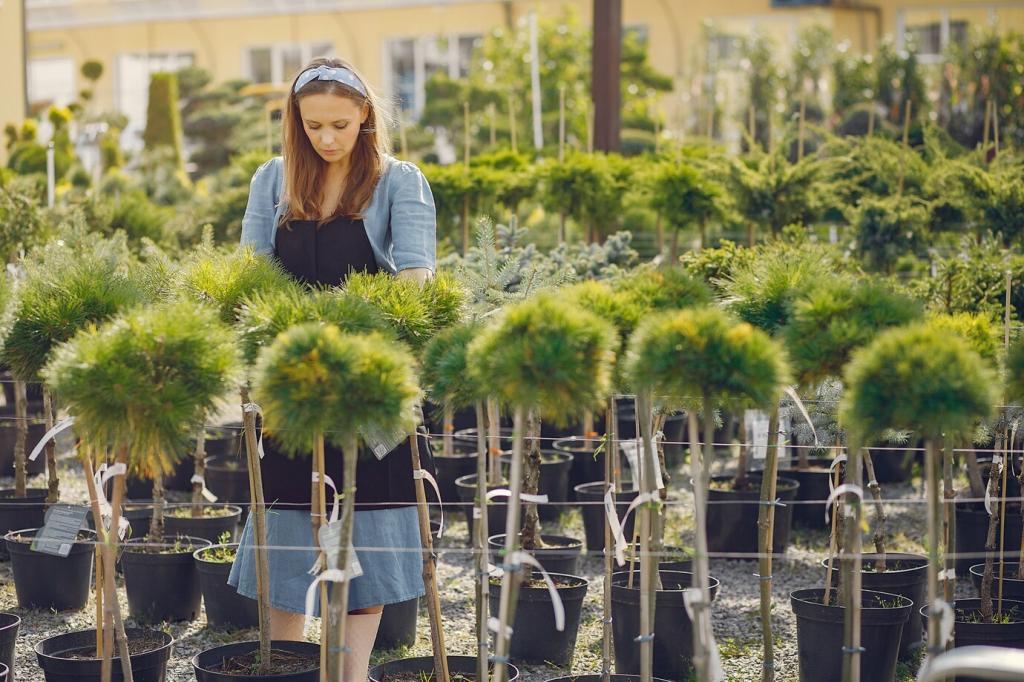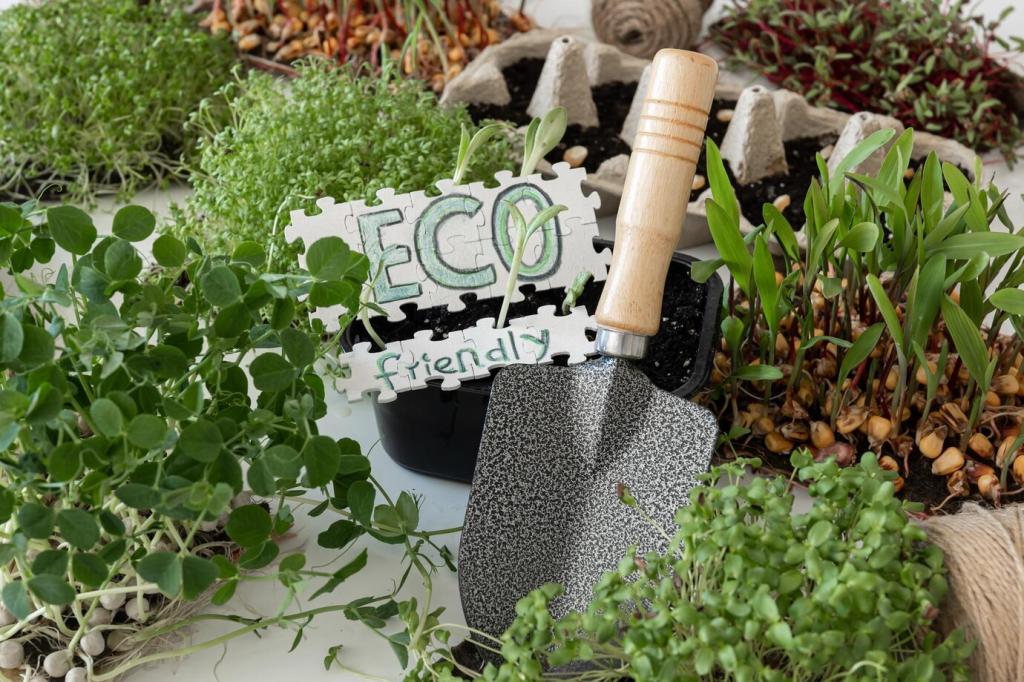Food, Miles, and Community
Leafy greens, strawberries, and herbs thrive in pockets and towers, offering fresher produce with minimal transport. Rotate crops to maintain nutrients. Share recipes inspired by your latest wall harvest and what grew best this season.
Food, Miles, and Community
Peel scraps become compost, compost becomes living substrate, and microbes return nutrients to roots. Keep feedstocks varied and aerobic. Tell us how you built a tidy, odor‑free compost loop that keeps your wall thriving.

